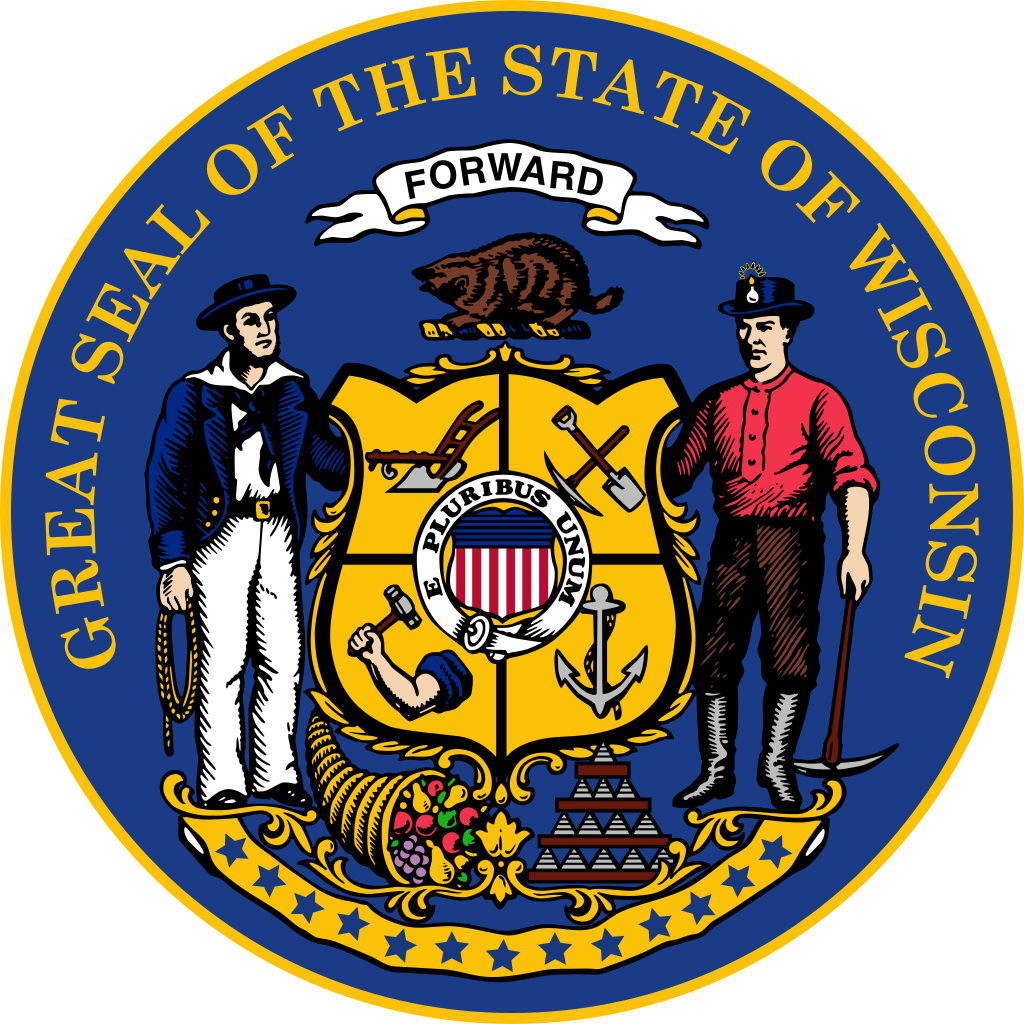- cross-posted to:
- amtrak@lemmy.world
- cross-posted to:
- amtrak@lemmy.world
From the Article:
Wisconsin could see a major expansion of passenger rail service under grant awards announced Wednesday by Senator Tammy Baldwin.
The state will receive $2.5 million to study initiating new service in Madison, Green Bay and Eau Claire that would connect with Milwaukee, Chicago and the Twin Cities. The state will also receive grants to support studying expanding service between Milwaukee and Chicago on the existing Amtrak Hiawatha Service line and adding a third daily round trip between Chicago, Milwaukee and the Twin Cities.
“Passenger rail helps people get to work and school safely, boosts tourism and recreation, and grows our local economies, and I am proud to deliver funding to help expand it in Wisconsin,” said Baldwin in a press release announcing the awards. “I voted for the Bipartisan Infrastructure Law to move our economy forward and get Wisconsinites where they need to go efficiently and safely, and I am excited to see these plans for passenger rail move forward.”
A Milwaukee to Green Bay line would function as an extension of the existing Amtrak Hiawatha line between Milwaukee and Chicago. It would use an existing freight rail corridor through Fond du Lac, Oshkosh and Appleton.
Another new line, Milwaukee to Madison and Eau Claire, would also function as a Hiawatha extension. Both of those cities are bypassed by the existing Amtrak Empire Builder, a long-distance route between Chicago, Milwaukee and the West Coast that uses a rail line that runs through eastern Minnesota. A third $500,000 grant would study a line from Eau Claire to the Twin Cities. The Empire Builder currently stops in St. Paul.
The Wisconsin Department of Transportation will also receive a $500,000 grant to study increasing the frequency of the existing Milwaukee-to-Chicago Hiawatha. The Hiawatha currently operates with seven round trips per day. It is expected to operate to eight round trips in the coming years, with concerns in Illinois currently blocking an expansion to 10 daily roundtrips.
A fifth grant will fund the study of an additional Empire Builder trip, likely served by an extended Hiawatha train, between Chicago, Milwaukee, La Crosse and the Twin Cities. The larger cross-country route currently serves the corridor with one round trip per day, but a second round trip is expected to start in early 2024 as part of the “Great River” service (previously TCMC). A Hiawatha train will continue its trip beyond Milwaukee to serve the route to the Twin Cities.
The grants, funded by the Bipartisan Infrastructure Law, are part of the U.S. Department of Transportation‘s Corridor ID and Development Program. Grant awards have been trickling out this week, with senators nationwide announcing the awards before the federal department announces the full package later this week.
Other states have secured substantially more money than Wisconsin. A $12 billion, private Las Vegas to Los Angeles train received $3 billion, the California High-Speed Rail project received $3 billion, a $1 billion grant will fund a new line connecting Raleigh, NC to Richmond, VA and several smaller grants will fund studies of new service in North Carolina, Ohio will receive several smaller grants to study new service between its major cities. Additional grants will expand service between Pittsburgh and New York City and other Pennsylvania cities. Earlier awards, totaling $16.4 billion, were announced for the Northeast Corridor between Washington D.C. and Boston.
The Bipartisan Infrastructure Law included $66 billion for rail investments, including $36 billion for competitive grants and $22 billion directly for Amtrak.
The State of Wisconsin, in 2010, won $823 million to expand the Hiawatha from Chicago and Milwaukee to Madison, but outgoing governor Jim Doyle ultimately returned the grant after Scott Walker became governor-elect. A small amount of the funding was retained to partially fund an upgrade to the Milwaukee Intermodal Station.
The routes the study secured new grants for were identified by Amtrak as part of a visioning process for what future service could look like.


